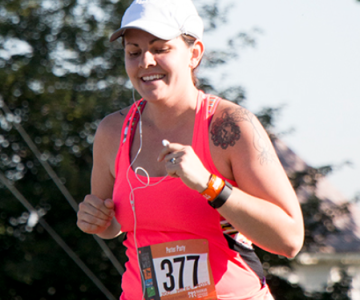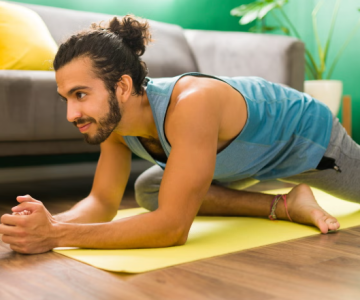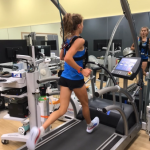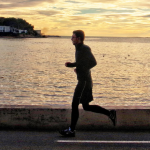It’s a well-known fact that most runners will face some sort of injury during their career. Running involves repeatedly performing a single-leg squat with each stride, and every time you land, forces two to three times your body weight are transferred up through your legs. Have you ever tried a single-leg squat? If your knee collapses inward, if you lose your balance, or if you experience pain, these could be signs of dysfunctional movement patterns.
If you struggle with muscle imbalances, weakness, or poor form, such as improper knee tracking during a squat, you may be at a higher risk of injury. Studies show that modifying running form can reduce the physical stress placed on your lower body and spine, promoting faster recovery and decreasing the likelihood of injury.
In this series of blog posts, we’ll cover several aspects of running form that can be adjusted. By modifying just one or two aspects of your running mechanics, you can potentially improve your performance, reduce injury risk, and relieve pain.
While trying to improve your gait on your own is a good starting point, gait retraining requires a balanced approach combining science and experience. If you try these changes and feel worse or don’t notice improvements, it might be time to consult with a running specialist or a team familiar with running medicine.
What is Cadence and Why Does It Matter?
Cadence, or the number of steps you take per minute, is one of the easiest factors to adjust in your running form. Every runner has a natural cadence, which may change slightly depending on speed, but generally falls within an “optimal range” that allows for consistent energy expenditure.
While 180 steps per minute is often cited as the ideal cadence, this number is not universally applicable. Many runners aim for 180 steps, but elite runners typically run between 170 and 190 steps per minute. For most recreational runners, cadence typically ranges from 150 to 180 steps per minute. The goal is to gradually increase your cadence until you find a comfortable rate that eliminates overstriding and doesn’t lead to fatigue or injury.
The Benefits of Increasing Cadence
Modifying your cadence offers several advantages, especially if you suffer from common running issues like overstriding or heel striking. These problems are often linked to injuries such as knee pain. By adjusting your cadence, you can significantly reduce the likelihood of these issues and optimize your running mechanics. Research supports that cadence manipulation can:
- Reduce the load on hip and knee joints
- Activate your gluteus medius and maximus more effectively during late swing phase
- Lower braking forces and tibial acceleration
- Decrease the vertical impact loading rate, often more effectively than cushioned shoes or foot orthotics
- Reduce patellofemoral joint stress
How to Modify Your Cadence
To start, you’ll need to know your current cadence. Many modern running watches track this metric accurately, but if you prefer, you can count your steps manually for one minute. Once you have this baseline, you can begin to modify your cadence.
Research recommends increasing your cadence by 5 to 10 percent for optimal results. Raising it by more than 10 percent may increase your energy expenditure and heighten injury risk. In our experience, a 5 percent increase is a manageable and effective starting point.
For example, if your current cadence is 165 steps per minute, aim for around 173 steps per minute. To help maintain this pace, consider using an auditory tool like a metronome or a playlist with a specific beat. Over time, you will likely no longer need these cues, but they can be helpful in the beginning. Start with short intervals of the new cadence to allow your body to adjust. Initially, it may feel awkward or leave you slightly winded, but stick with it. Your body will need several weeks to adapt to the change, and you may find that you feel more efficient and less fatigued over time.
If you experience any challenges or have questions about adjusting your cadence, don’t hesitate to reach out for guidance.





